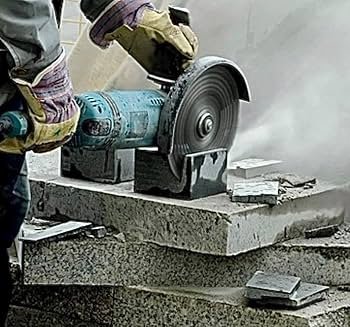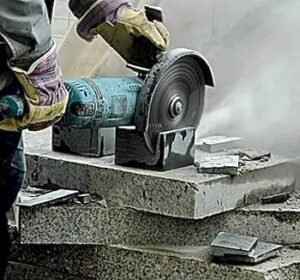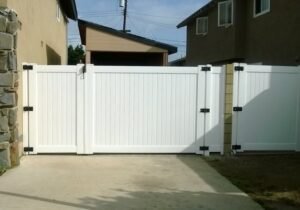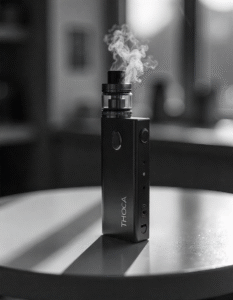How to Select the Best Concrete Saw Blades for Smooth, Accurate Cuts
Choosing the right concrete saw blade is crucial for achieving smooth and accurate cuts. The variety of blades available can be overwhelming, but understanding the key factors involved in selecting the best one can simplify your decision-making process. This guide will help you navigate through the essential considerations for choosing the right concrete saw blade.
Choosing Concrete Saw Blades
Concrete saw blades are specialized for slicing through reinforced concrete, delivering precise cuts with minimal chipping. They vary in diamond concentration and bond type to handle different hardness levels. Selecting the right concrete saw blades is crucial for efficiency and safety in demolition or renovation work. High-quality blades maintain sharpness longer, saving time and resources on the job.
Understanding Blade Types
Concrete saw blades come in several types, each designed for specific cutting applications. The main types include:
Segmented Blades
Segmented blades are characterized by their notched edges, which enhance cooling and debris removal. They are ideal for fast cutting of concrete, asphalt, and masonry. These blades are particularly effective for rough cuts and larger jobs.
Continuous Rim Blades
Continuous rim blades feature a smooth edge, making them suitable for precise cuts. They are ideal for cutting tiles, ceramics, and softer concrete. If you’re looking for a clean finish with minimal chipping, a continuous rim blade is the way to go.
Turbo Blades
Turbo blades combine features of both segmented and continuous rim blades. They have a serrated edge that allows for faster cutting while providing a smooth finish. These blades are versatile and can be used for various materials, making them a popular choice for contractors.
Material Compatibility
Not all blades are created equal when it comes to cutting different materials. It’s essential to consider the specific type of concrete or masonry you will be cutting. Here are some common material considerations:
- Regular Concrete: Most general-purpose blades can handle standard concrete.
- Reinforced Concrete: For cutting reinforced concrete, opt for blades with a higher diamond concentration for added durability.
- Asphalt: Look for blades specifically designed for asphalt, as they have a different bond and are engineered for optimal performance.
Blade Size Matters
The size of the blade is crucial for both compatibility with your saw and the depth of cut required. Concrete saw blades typically range from 4 inches to 14 inches or more. Here are some size considerations:
- Small Blades (4″-7″): Best for handheld saws and smaller cutting tasks.
- Medium Blades (8″-12″): Suitable for larger, stationary saws and more extensive projects.
- Large Blades (14″ and above): Designed for heavy-duty cutting and deeper cuts, often used in professional settings.
Ensure that the blade size matches your saw and that it can handle the desired cutting depth.
Bond Type
The bond type of a diamond blade affects its cutting performance and lifespan. The bond refers to how the diamonds are held in place within the blade. Common bond types include:
- Soft Bond: Ideal for cutting hard materials. This bond wears away quickly to expose new diamonds.
- Medium Bond: A versatile option suitable for a range of materials.
- Hard Bond: Best for softer materials, as it retains diamonds longer but may not cut as efficiently through harder substances.
Choosing the right bond type is essential for maximizing blade life and cutting efficiency.
RPM and Speed Ratings
Every concrete saw blade has a recommended RPM (revolutions per minute) rating. Operating a blade beyond its rated RPM can lead to overheating and premature wear. Always refer to the manufacturer’s specifications for the maximum RPM and ensure that your saw can accommodate it. This will help maintain cutting efficiency and safety.
Wet vs. Dry Cutting
Deciding between wet and dry cutting methods is another critical factor. Here’s a breakdown of each:
- Wet Cutting: Involves using water to cool the blade and minimize dust. This method is beneficial for longer cuts and extends the blade’s lifespan by reducing heat.
- Dry Cutting: More convenient for quick jobs or portable applications but generates more dust and heat. If you choose this method, ensure that you have appropriate dust control measures in place.
Price vs. Quality
When selecting a concrete saw blade, it may be tempting to opt for the cheapest option available. However, investing in a higher-quality blade often pays off in the long run. A quality blade will not only provide better performance but also last longer, reducing the need for frequent replacements.
Conclusion
Selecting the best concrete saw blade for your project requires careful consideration of various factors, including blade type, material compatibility, size, bond type, RPM ratings, cutting methods, and quality. By understanding these elements, you can make an informed decision that ensures smooth and accurate cuts. Take your time to evaluate your specific needs, and choose the right blade to achieve professional results in your concrete cutting projects.












